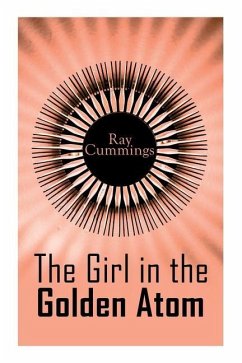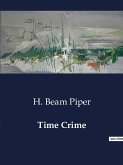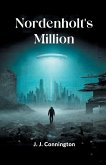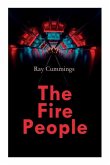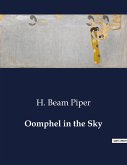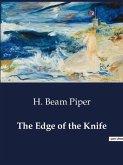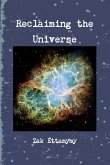A young chemist discovers a hidden atomic world while looking at his mother's wedding ring under a microscope. He instantly falls in love with a young woman. His feelings are so strong that he shrinks himself so that he can join her world.
Hinweis: Dieser Artikel kann nur an eine deutsche Lieferadresse ausgeliefert werden.
Hinweis: Dieser Artikel kann nur an eine deutsche Lieferadresse ausgeliefert werden.

